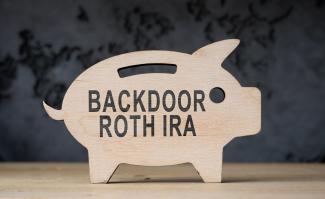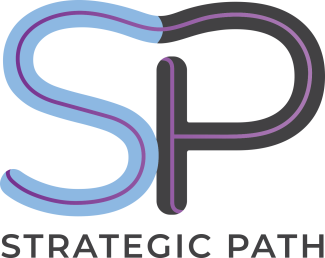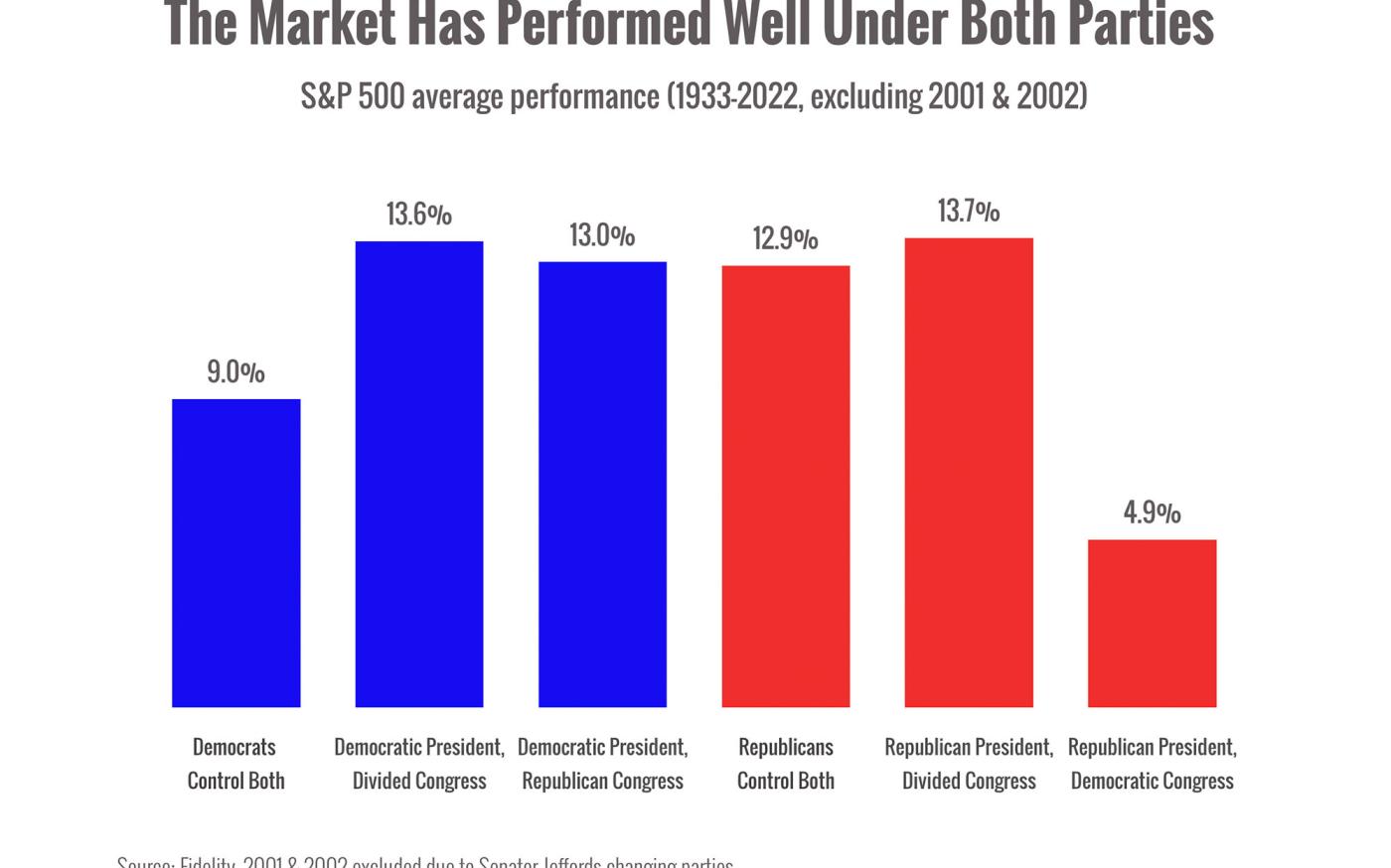
What Is a Backdoor Roth IRA Contribution?
A Roth IRA can be a great vehicle to save money for retirement. The backdoor Roth IRA contribution is a way to fund a Roth IRA if your income disqualifies you from making a normal contribution.
The Internal Revenue Service (IRS) has a lot of rules when it comes to retirement contributions. The two rules below are what make backdoor Roth contributions possible.
- You can always fund a traditional IRA, but your contribution may not be deductible based on your income (IRS, 2022b).
- In 2023, your ability to fund a Roth IRA phases out when your modified adjusted gross income (MAGI) is between $218,000 and $228,000 if you are married and between $138,000 and $153,000 if you are single (IRS, 2022a).
You may want to consider a backdoor Roth IRA contribution if:
- Your income is above the MAGI amounts above.
- You do not qualify for a deductible IRA contribution.
- You do not have traditional IRA accounts.
- You do not have a Simplified Employee Pension (SEP) or SIMPLE IRA.
Let’s look at an example of a backdoor Roth IRA contribution.
- You open and fund a nondeductible traditional IRA.
- Your income is over the MAGI limit, and you do not receive a deduction for the contribution.
- You open a Roth IRA with your favorite custodian.
- You convert your IRA to a Roth IRA before gains or interest accrue in the account.
- You are now the proud owner of a brand-new Roth IRA.
- You receive Form 1099-R from your custodian reporting the transaction.
- You report the transaction on Form 8606 when you file your tax return.
- The transaction is not taxed.
THE PRO-RATA RULE
What happens if you have a pretax IRA and make a backdoor Roth contribution? Let’s look at an example.
- You have $95,000 of pretax contributions in a traditional IRA that you rolled over from an old employer plan.
- Your income is over the MAGI limit, and you make a $5,000 contribution to a nondeductible IRA.
- You convert $5,000 to a Roth IRA.
- $4,750 is taxable as ordinary income, and $250 is not taxed.
- Your traditional IRA now has a basis of $4,750 that you will track on Form 8606.
The pro-rata rule aggregates your IRA accounts to calculate the taxable amount of the transaction. In some cases, you can move your nondeductible IRA to an employer account to potentially avoid the pro-rata rule, but there are a lot of rules to follow (Kitces, 2015, 2020).
There are many additional rules I didn’t cover about Roth IRAs. I recommend that you work with a competent financial planner and accountant to make sure everything is done correctly!
References
Internal Revenue Service. (2022a, December). Retirement topics – IRA contribution limits. https://www.irs.gov/retirement-plans/plan-participant-employee/retirement-topics-ira-contribution-limits
Internal Revenue Service. (2022b, October). IRA deduction limits. https://www.irs.gov/retirement-plans/ira-deduction-limits
Kitces, M. (2015, August 12). How to do a backdoor Roth IRA (safely) and avoid the IRA aggregation rule and step transaction doctrine. Nerd’s Eye View. https://www.kitces.com/blog/how-to-do-a-backdoor-roth-ira-contribution-while-avoiding-the-ira-aggregation-rule-and-the-step-transaction-doctrine
Kitces, M. (2020, September 2). Isolating IRA basis for more tax efficient Roth IRA conversions. Nerd’s Eye View. https://www.kitces.com/blog/roth-ira-conversions-isolate-basis-rollover-pro-rate-rule-employer-plan-qcd
Author: Brian Hill, CFP®, Managing Partner/Advisor
Note: Information is accurate at the time of publication, April 2023.
Advisory services offered through Commonwealth Financial Network®, Member FINRA/SIPC, a Registered Investment Adviser. Fixed insurance products and services are separate from and not offered through Commonwealth.


